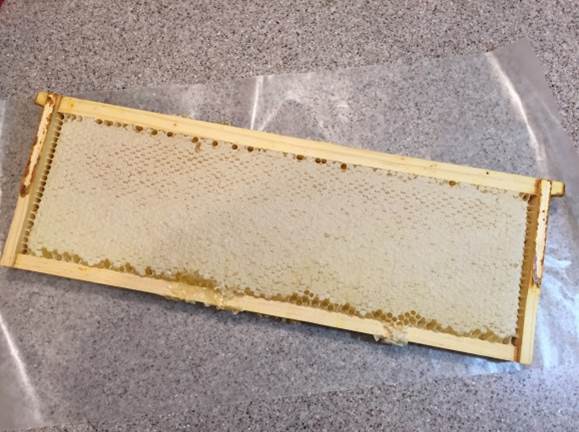It’s been a while since I have posted, I took a new job in January and have been so busy from learning and doing that I have been exhausted in the evening. If I wasn’t having meetings with my global counterparts at night, I was sleeping by 7pm. My poor family was being to miss me.
This year I took a different approach to beekeeping. Last year I inspected my hives almost every weekend, with up to 12-14 hives it took a huge amount of time away from my flower gardens. This year I did not buy anymore hives, but worked only with the 2 that overwintered

My philosophy for this year is:
- Let the bees do their job – minimal inspections, get in, get out
- Super early and super often – don’t let them get honey bound, which may be a signal to the hive to swarm
- Build up colony to max – do minimal # of splits, if any
- Give them plenty of space – don’t let them get overcrowded, we want no swarming
This philosophy seems to be working very well, by mid June I had 4 honey supers on each hive and by July 1st, all 80 frames either capped or in the process of being capped.

On July 3rd, I pulled off all fully capped frames, 48 in total, and extracted the honey from them.

My setup for extraction is quite simple:
- A homemade extractor, which holds 7 frames
- A homemade capping bucket, which holds wax cappings from ~50 frames
- 5 gallon bucket with honey gate
- 2 strainer system that sits on top of the 5 gallon bucket
- Hot knife for uncapping frames
- Bucket of water to rinse hands
- Cardboard for the floor of my garage
The extraction took many, many hours for we had to do a modification to the extractor to keep the bottom of the frames from slipping out of the spinner and hitting the wall of the barrel. Once we fixed that, things went much faster and we were able to pull all of the honey from the cells and not just 50% or so. During this extraction we extracted over 11 gallons, > 132 #s, of honey.
Here we have 6 gallons bottled in 1/2 gallon jars, 4 gallons in the 5 gallon bucket and, to date, there is over 1 gallon in the uncapping bucket.
Once extraction was complete, we put the supers back on the hives so the bees could continue to create more honey.
I leave my supers on until the goldenrod begins to bloom, and at that time I will pull all frames capped to do another extraction. For the uncapped frames, I will leave them on for the bees to continue to work. However, when we reach the end of the goldenrod flow, I will need to decide how much to leave them for winter and what to pull for the purpose of extracting a dark goldenrod honey.
I hope your honey making bees are doing as well as mine are this year. Comment below to let me know how things are going.
~ May all your wandering take you to many wonderful places.
Lisa






Looks yummy
LikeLike
It is delicious and a big hit with the family and friends. I’m looking forward to extracting again in August.
LikeLike